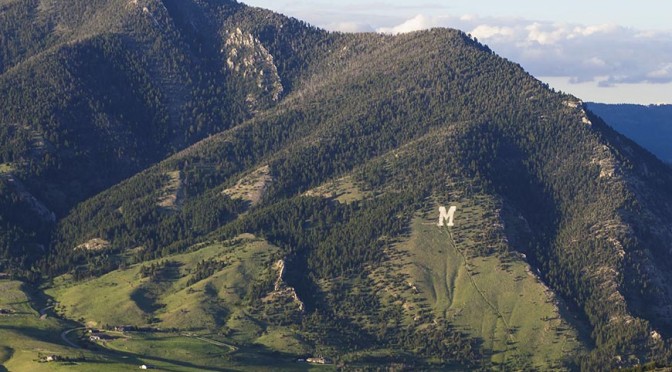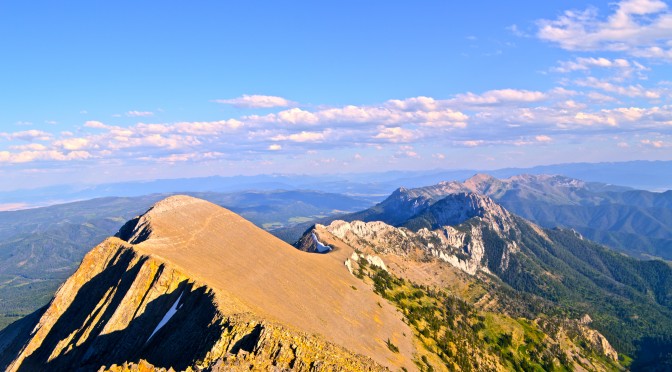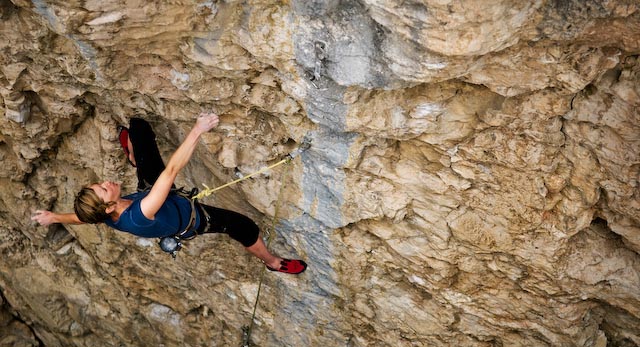by Kira Stoops
On any sunny day in Bozeman, the trailhead of the M will be packed with dozens of parked cars flooding onto Bridger Canyon Rd.—all holding families and students excited to hike the most iconic trail in town. While thousands have plodded to its mountainside perch at 7,000 feet, few know the history of this colossal consonant and the enterprising class of students that created it over a century ago.
In the fall of 1915, MSU sophomores pledged to create a monument to the university. Drawing up a proposal and securing a U.S. Forest Service permit, 60 young men trudged up the southern end of the Bridgers and began the project. In one day, they carefully drew outlines for the 240’ x 160’ letter, pried rocks from the hillside, and carried them by hand to fill in the site. They returned to whitewash their masterpiece when the snow cleared the following spring.
From then on, whitewashing the M became a ritual for MSU freshmen. An honorary society of seven senior men, called the Septemviri, was established in 1920 to safeguard campus traditions. Alongside the sophomore unit called the Fangs, the two societies didn’t allow freshmen to date until the M had received its annual coat of lime.
A women’s counterpart to the Fangs emerged, the SPURS, and eventually the two groups merged. (In 2006, they changed names once more to the more descriptive and humdrum “Student Alumni Association.”) Over time, the Fangs and the SPURS, alongside various athletic groups, gradually accepted responsibility for the upkeep of the M, returning annually to re-lime the letter and collect trash along its approach trails.
Still, by the late ’90s, the M needed more than another coat of paint. Led by the late Torleif Aasheim (former director of Montana Cooperative Extension Service and class of 1937), university employees, alumni, and community members organized a major restoration of the landmark. They raised $100,000, promptly redesigning and paving the trail’s parking lot, replacing fallen rock, and repairing and improving the trails.
Recently, a new tradition launched at the refurbished M. Every year, before the first football game of the season, the Student Alumni Association now lights candles outlining the M, letting the symbol glow into the night. You can be part of the grand tradition of the M by being one of 100 students to put a fresh coat of paint in 2018, at “Rocking the M.”
The candle ceremony honors a caption from the 1918 MSU yearbook: “May the ‘M’ stand long as a symbol of our loyalty to Montana State and a reminder of what a united class can accomplish.”














